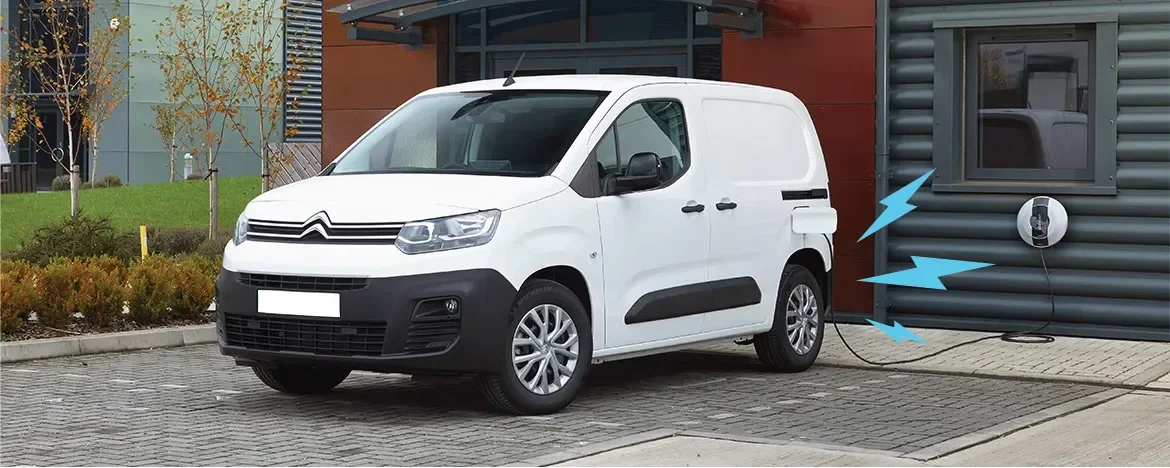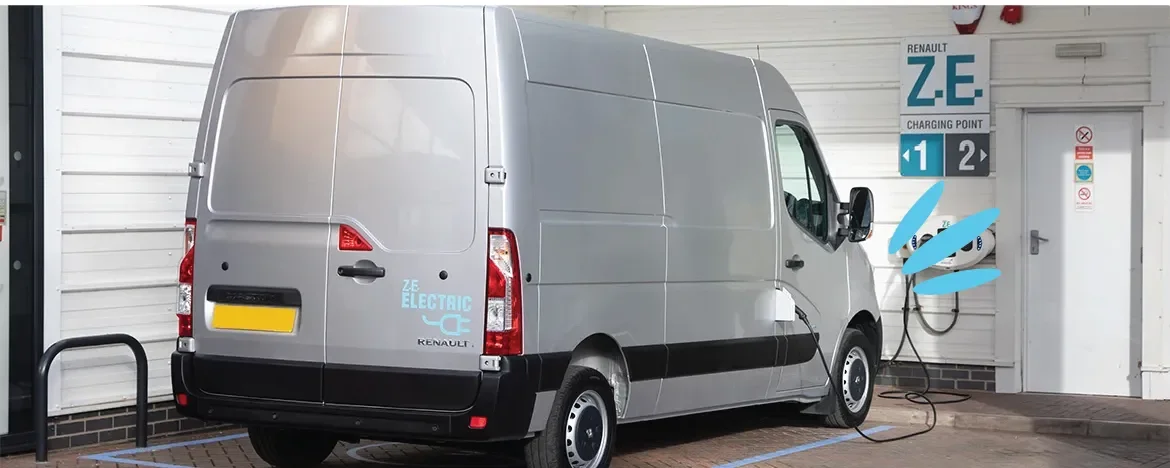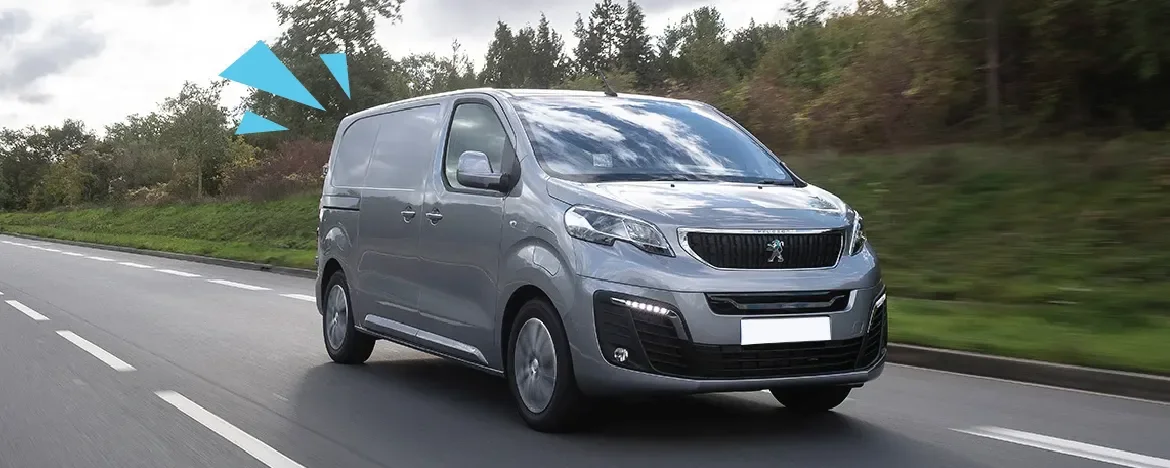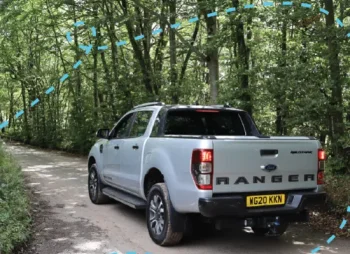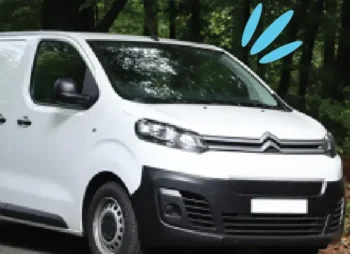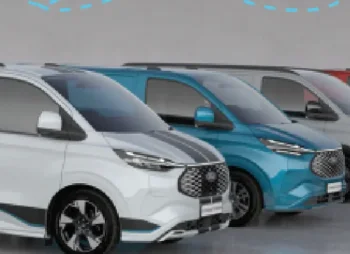How to maximise electric van range
Here are six ways you can maximise your electric van range:
- Choosing a model with a larger battery
- Reducing cargo weight
- Avoiding extreme weather conditions as much as possible
- Watching the way you drive
- Limiting air conditioning and heating use
- Maintaining and servicing tyres
In essence, doing the opposite of the things that reduce electric range will instead maximise electric range and eke every last mile out of the battery.
The obvious one will always be selecting a van with a larger battery capacity. Many vans have a choice between two different batteries, so if you like driving a particular model, make sure you opt for the battery that will suit yours and your business's needs.
We've listed some of the most popular vans and their ranges below to help you make this all-important decision.
However, there are other ways to make the most of the battery capacity.
Reducing cargo weight where you can, like not carrying around a whole load of tools you don't actually need to use that day, will help.
The lighter your van is, the more mileage you'll get out of the battery. Limiting your use of the air con and the heating will also prevent these systems from draining the battery.
If it's a really cold morning, you can precondition your van while it's still plugged in and charging to heat the cabin up the way you like it, so you can always get into a toasty van without having to compromise on the mileage you'll get that day.
And simply making sure you're maintaining good tyre health and not braking too harshly or accelerating too fast will also help to maximise the electric range of your van.

